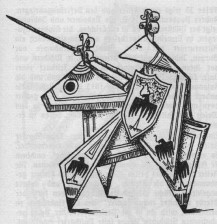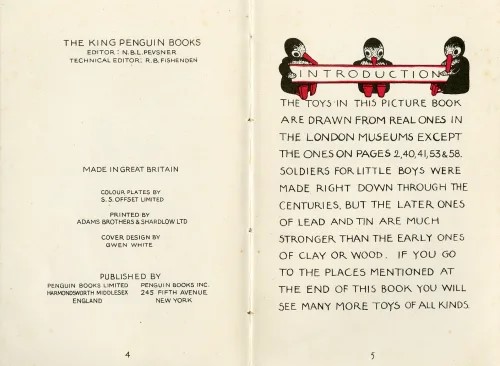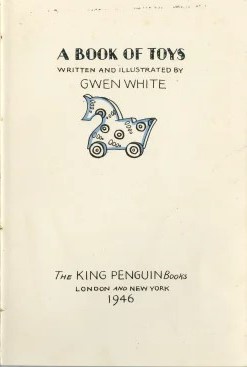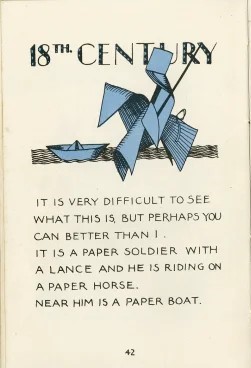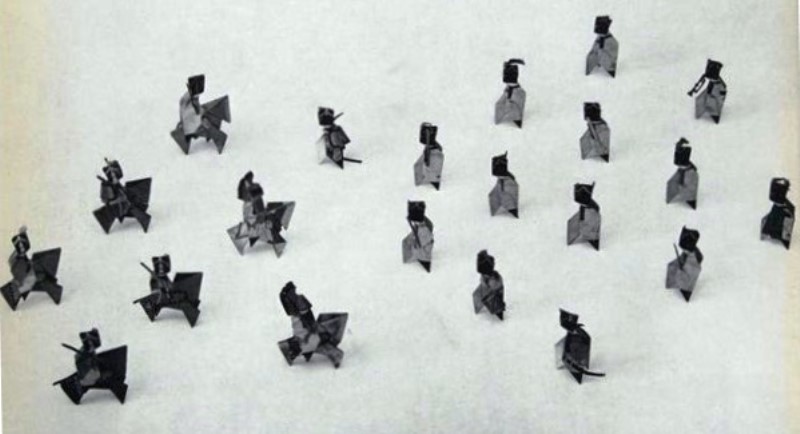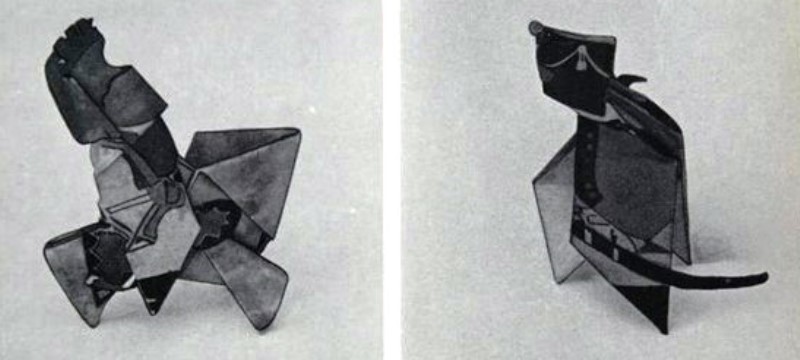| The Public Paperfolding History Project
Last updated 1/4/2025 x |
|||||||
| Footsoldiers / Horses and Riders | |||||||
| This
page is being used to collect information about the
history of the paperfolding designs for footsoldiers and
cavalry (often known as Ross und Reiter, or, in English,
as Horses and Riders). Please contact me if you know any
of this information is incorrect, if you have any other
information that should be added. Thank you. These designs appear to have been developed from the Krahe (Cocotte / Pajarita). The origin of the footsoldier design is unknown. The design of the horses is attributed to Carl Adolf Senff (1785-1863). See entry for c1812 / 1870. ********** c1812 / 1870 In his book 'Jugenderinnerungen eines altes Mannes' (Youth Memoirs of an Old Man), published by Wilhelm Herz Verlag Berlin in 1870, Wilhelm von Kügelgen describes how, in about 1812, when the family were living in Dresden, his then tutor, the painter Carl Adolf Senff (1785-1863), taught him, together with his siblings Gerhard and Adelheid, and the Leipzig friends Alfred and Julius Volksmann, how to fold Krahen (crows), the design now most commonly known as the Cocotte / Pajarita, and how to turn them into footsoldiers which could also serve as riders for horses. It appears that the final manipulation which turned the Cocotte into a rideable horse was invented by Carl Adolf Senff.
In English, roughly, 'The most enjoyable thing that Senff taught us was the art of folding certain small triangular shapes, otherwise known as 'crows', out of paper, but in making them, the last fold was so difficult that it could not be described, it had to be shown to one. Rather, to understand Schelling's philosophy of identity, one had to first come to a happy intellectual point of view, or in other words a great soap boiler (?), before one was able to complete the most carefully prepared crow through that final creative squeeze. We therefore left this completion to the old master Senff for quite some time until we finally figured out the trick ourselves one by one. 'Can you make the last fold yet?' That was the burning question among us for a long time, although it didn't matter to us whether someone could already do the fifth declension or not.' 'In the meantime, those paper figures should not, according to Senff, represent crows, with which nothing can be done, but rather soldiers, which our obedient imagination willingly accepted, since their completely indifferent form allowed any interpretation, yes, our good wil so embedded iteslf in these small angular figures that they seemed far more natural to us than those leaden flatheads that look as though they had escaped from herbaria(?). Using different paper colors and small changes in the folds, we now represented all branches of arms, even riders, since Senff had invented a way to change and expand those soldiers by a highly ingenious final manipulation in such a way that they yook on an almost transcendental appearance and horses looked much more lifelike than the people did. You only had to put the infantry on them. Finally, small cannons were made out of feather poses (?) and whalebone brackets, which passed for cannons and drove their projectiles through the room with vehemence. I hardly know that anything in the world had ever given me more pleasure than equipping and playing with this paper army. We gradually brought it to the enormous number of eight hundred to a thousand men ...' According to the book 'Folding Beauty' by Joan Sallas: 'In all, 33 of the actual models ... dating back to between 1810 and 1812, are preserved in the Germanisches Nationalmuseum (German National Museum) in Nuremberg, including 16 foot soldiers, 8 riders and 9 horses from different regiments of the Royal Saxon Army.' ********** 1845 There are also six figures (twelve if you count horses and riders separately) in the Museum fur Sachsische Volkskunst (Saxony Folk Art Museum) in Dresden, which were probably made in about 1845. According to Joan Sallas: 'It seems likely that these were made by Wilhelm von Kügelgen for his own children, in which case the large letter “B” that appears with a crown on the saddle cloth of one of the horses may well be the initial of his son Benno.'
********** 1927 As far as I know diagrams for these designs, here described as 'Bedouins', first appear in 'Lustiges Papierfaltbüchlein' by Johanna Huber, which was published by Otto Maier in Ravensburg, Germany, probably in 1927.
********** 1936 Diagrams for making both the Horse and Rider designs appeared in 'Faltarbeiten aus Papier 2' (Paperfolding Work) by Georg Netzband, which was published by W Kohlhammer Verlag in Stuttgart and Berlin in 1936. The folding and assembly process was also shown in the accompanying film F38.
********** 'Ross und Reiter' also appear in 'Allerlei Papierarbeiten' by Hilde Wulff and Carola Babick, which was published in Leipzig and Berlin in 1936. The text says, roughly, 'The rider on his horse is an old folding form whose origins Rugelgen describes so humurously in his 'Youthful Memories of an Old Man'. A footnote reads, 'Original model in the Germanischen Museum in Nuremberg.'
********** 1938 The designs are pictured in 'Spielzeug - Eine bunte Fibel' by Hans-Friedrich Geist and Alfred Mahlau, which was published by L Staadman Verlag in Leipzig in 1938. Illustration only.
********** 1946 An illustration of a Horse and Rider appeared in 'A Book of Toys' by Gwen White, which was published by Penguin in 1946, although the date assigned is 18th rather than 19th century. The Introduction also implies that the figure the illustration was drawn from was in the 'London Museums', although this may also, of course, be an error.
********** 1963 Pages 26 and 27 of the book 'Papier und Form' by Kurt Londenberg, which was published by Scherpe Verlag in Krefeld in 1963, contain photographs of 14 infantrymen and 7 horses and riders, presumably some of those from the collection of the Germanisches Nationalmuseum in Nuremberg, although this is not specifically stated. The caption says they are from about 1810 and 'Presumably of Saxon origin'.
********** |
|||||||




